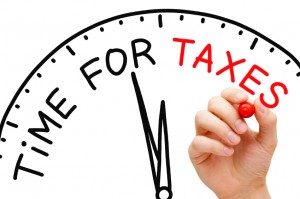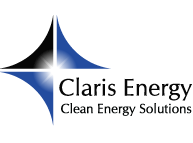 Ready for 2015 tax season? Have you come up with a strategy to decrease the tax amount already? The good news is that you can benefit from an energy tax credit for residential improvements and construction projects executed throughout 2014.
Ready for 2015 tax season? Have you come up with a strategy to decrease the tax amount already? The good news is that you can benefit from an energy tax credit for residential improvements and construction projects executed throughout 2014.
The following 2015 tax guide will acquaint you with some of the changes, as well as the incentives that you can make use of.
2014 Tax Break Extenders
This was one of the biggest news in December, 2014. The government finally decided to extend several energy efficiency incentives, including the section 45L energy tax credit. This means you can claim the amount for projects executed until December 31, 2014.
The package approved in the end of the year included nearly 50 tax breaks. The retroactive, one year extension is only valid for 2014 but some industry experts believe that new extensions will be examined by Senate shortly.
Some of the tax breaks approved in the end of 2014 include section 45L energy tax credit for new home energy efficiency, the qualified energy efficiency improvements tax credit and the section 179D energy efficient commercial building deduction.
How Much can You Claim?
An energy tax credit sounds great but what is the exact value of the incentive? It depends on the particular tax credit or deduction that you go for.
The maximum incentive you can claim under section 179D is 1.8 dollars per square foot of qualifying commercial real estate for whole building performance. Alternatively, the incentive is 0.60 dollars per square foot for building envelope improvements, HVAC improvements or lighting improvements.
Under section 45L energy tax credit conditions, you can expect an incentive that totals 2,000 dollars per unit for a newly-constructed residential building that is either rental or owner-occupied. Since the energy efficiency requirements for new residential buildings have become stricter over the past years, many buildings will qualify for the energy tax credit automatically. Check the conditions, if you have executed a residential project in 2014 – chances are that you’ll benefit from an attractive taxation incentive.
How to Get the Energy Tax Credit
Getting the energy tax credit, whether for a residential or a commercial project, is a relatively simple tax. For a start, you’ll need to have the building assessed independently. It will need to correspond to certain energy efficiency requirements and the test is performed by a third party.
Whether you’re a homeowner or an investor, you’ll need to have a good idea about the right IRS form to use. The form has to be filled out correctly and submitted with your taxes. You can find more information about the forms and the information that you need to provide on the IRS website.
Finally, understand the credit maximums and the particular incentives that can be carried forward. Some of the energy efficiency tax credits can be carried over to coming years, in case they exceed the amount you owe in taxes.
Apart from giving these incentives a try, you may also look for state and local programs encouraging energy efficiency improvements. These may save you even more money and enable you to get the best possible return on your investment.
Steve Nanos
Latest posts by Steve Nanos (see all)
- LED Lighting – A Great EPAct 179D Qualification Possibility - February 3, 2015
- 45L Credit Requirements for Begun Constructions - January 29, 2015
- Can Section 179D Incentives Help Businesses Save a Lot of Money? - January 27, 2015

 609.275.8484
609.275.8484